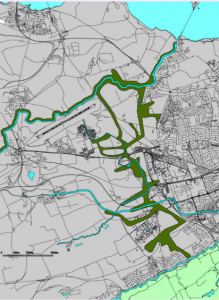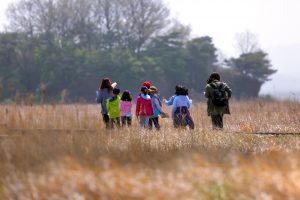Over the last few months we have looked at the different social benefits that urban parks can produce, including education, health and wellbeing and inclusivity. This final instalment will focus on how urban parks can help create sustainable communities. In other words, places where people want to live, continue to live throughout their different life stages and to protect.
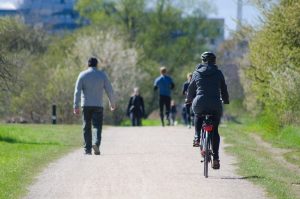
In order to create high quality urban green spaces, like urban parks, planning and development requires input from the communities which the spaces will serve. Sometimes urban green spaces are actually born because of contributions from locals, even when something else entirely was part of the original plan. The High Line in New York City was a disused freight rail line set to be demolished in the 1980-90s. Infamous for being an eyesore in the city, plans were made for the structures removal, that was until locals realised in its many years of desuetude the line had started a natural transformation, with both plants and other wildlife being attracted to the area. It was the locals who recognised the potential in the area, and campaigned for it to be transformed into something which everyone would be able to appreciate rather than its demolition. Since then The High Line is now an elevated urban park, serves as a cultural hub in the city with various community programmes and a tourist attraction which attracts an estimated 8 million visitors per year. This example really highlights how community involvement can transform disused industrial sites into something valuable within the community, bringing people together. By seeing the beauty in nature and urban green spaces the locals of this community created somewhere they wanted to stay and protect, whilst also attracting others.
Now although this example does highlight how local communities can transform green spaces, New York has a very different landscape than Edinburgh. However, it could be said that the Granton Community Gardeners is a local example of how green spaces can generate community involvement and enhance social facilitation. This group of gardeners started as locals came together recognising that they could plant vegetables and flowers to transform a small patch of public grass that was not being used.
“In Jan 2017 we became a charity. We aim to support gardening and especially anyone growing food in the area. We now work regularly in Granton Primary School, and host a free weekly community meal open to all. We provide support to residents cultivating over 12 different community growing plots across Royston Wardieburn. We host community events. And we try to support and encourage anyone who’s got a great idea to make Granton better especially if it involves making sure everyone is fed well! Everything we’ve achieved has happened because someone has come along with a great idea and has acted on it.” – Granton Community Gardeners website
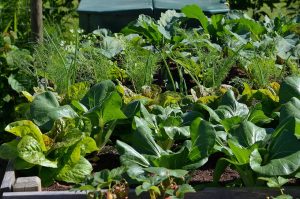
With the common goal of enhancing their local greenspace, the neighbourhood locals were able to meet and form friendships with one another. Since the initial project Granton Community Gardeners have transformed many green patches in the area, and producing fresh food has allowed for the hosting of weekly community meals so nobody in their neighbourhood goes hungry. By having a common interest in their community’s green space, locals have been able to meet new people, learn new skills and enhance their surroundings.
Projects like this one show how even the smallest of green spaces can serve as a location for people to meet and come together to better their community. A new urban park in Edinburgh’s west would have the potential to achieve this on a much larger scale, and allow people from the numerous communities surrounding the park to come together to take pride in their local area. It could also be said that if residents have a direct impact and connection with their local green space they will have more desire to remain in that area throughout their lives.
To learn more about the Granton Community Gardeners and the work they do visit their website: https://www.grantoncommunitygardeners.org/
So far in this series, we have looked at how green and blue spaces can have positive educational and inclusive effects, showing how a new urban park in Edinburgh’s west could be beneficial for all. There is however, another area which these spaces have been shown to greatly benefit – health and wellbeing. Today’s blog will look into how access to green areas can help both physical and mental health and wellbeing.
Physical Health
It may seem obvious how having easy access to good quality outdoor spaces could benefit your health. Nature may be a more powerful tool than we have ever believed, with some research showing that something as simple as patients who have a view of trees from their hospital window improve more quickly and have less reliance on pain medication than those without that view. The outdoors is the main setting for lots of different exercise activities, and studies have shown that if you have easier access to green spaces, you’re more likely to exercise. This can be beneficial no matter the activity, whether you take up a field sport, start running or go for a simple 10 minute walk. In fact the NHS advises that a daily 10 minute walk is one of the easiest ways to improve your heart health, by increasing stamina and burning calories. Creating a habit, like the daily walk, is not always easy, as many people don’t have somewhere local to them with safe or interesting routes. Improving access to pathways surrounded by nature, like the West Edinburgh Park, could encourage more people to make this daily commitment to their health.
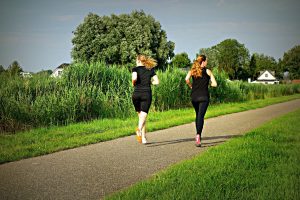
Mental Health
What may seem less obvious, is how access to the outdoors can actually improve one’s mental health. With the onset of the Covid-19 pandemic in 2020, there were many policies implemented with the hope of reducing transmission of the virus. This included majorly limiting the amount of time people spent outdoors, unless they had access to a private garden. Research conducted by NatureScot, has found that 73% of people said that spending time outdoors helped them to destress and relax, and additionaly 63% of people believed that time outdoors contributed to the improvement of their physical health. According to a 2021 report by the Mental Health Foundation Scotland 45% of people said that visiting nature helped them to cope during the pandemic. This report also highlighted the importance of feeling connected to nature, and how a strong sense of connectedness can help us to unwind. It is thought that the more time you spend outdoors, the more connected you feel with nature, and a higher connectedness helps boost relaxation when you spend time outdoors. However, it has also been shown that if you have a high level of connectedness with nature, you don’t even have to be surrounded by it to experience these benefits, you can feel more relaxed by just reflecting on previous times spent there. Those with this important connection with nature are shown to have lower overall levels of depression and anxiety.
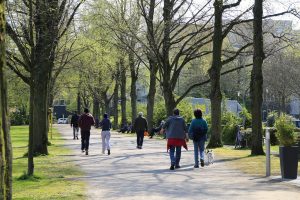
I had the opportunity to speak to Professor Catharine Ward Thompson from the University of Edinburgh. Her research focuses on the links between inclusive access to outdoor environments and quality of life, including health and wellbeing. When speaking to her I asked her why she believed good quality green spaces were so essential for all people to access, specifically when regarding our health and wellbeing.
“These areas help us to cope – if there’s a place to escape and chill out, it allows people to manage their stress and anxieties.”
She talked to me a bit about her previous research on this link, and explained that sometimes urban environments can be particularly stressful places for people. She used the example of how loud and busy roads could be extremely stressful for elderly people. As senses like hearing, concentration, and reaction time usually decline with age, something like crossing the street may be a much more daunting task for an older person, meaning by just carrying out their regular daily tasks, they are experiencing more stress than they would have previously. She stated this is why green space can be such an important tool for stress reduction, especially parks in urban areas, this green infrastructure allows for people to escape from the stresses of everyday life.
While discussing some of the theory behind the link between nature and wellbeing, Catharine discussed how nature has always been vital for the reduction of stress.
“Humans seek a non-threatening environment after being exposed to a stressful one in order to recover and restore.”
She discussed how throughout history humans have always made use of the natural environment, and have an affinity to seek connection with nature. She suggested that perhaps now, due to the technological age people don’t seek nature out as much as previously, and therefore don’t reap the benefits.
I also asked Catharine how she felt a new urban park, like the West Edinburgh park, would benefit the citizens of Edinburgh. She explained how a project like this, with inclusivity at its heart would help the wellbeing of all:
“Potentially anyone can benefit from a public park, it is not like the gym, you don’t have to pay for a membership, it is free for all to use.”
After discussing the importance of how the West Edinburgh Park would be freely available at the point of delivery for all, Catharine mentioned the benefits of a park that stretches through so many neighbourhoods and homes. She told me that research shows that people want to commit to exercising or being in nature, but struggle to be motivated to do it if they don’t have instant access. In fact, if they have to travel more than 5 or 10 minutes to reach the greenspace, the likelihood is they won’t bother. This highlights how the West Edinburgh Park, that would be placed throughout and connect numerous neighbourhoods, whilst also being excellent connected by public transport would encourage people to visit, and therefore help their health and wellbeing.
Blog by Catriona Taylor, Saltire Scholar research intern at Crosswind Developments
In the previous blog, we focussed on the topic of inclusivity, in particular how the West Edinburgh Park would strive to be as inclusive as possible, serving everyone no matter income, ability, or age. Taking this into consideration this blog will focus on the educational benefits of the West Edinburgh Park, and how having a rich and biodiverse natural setting can help children learn and develop more efficiently.
What is outdoor education?
In proposing the West Edinburgh Park we want to make it evident that this park not only serves as a place for recreation, but can also be used as a location for learning and education. To put it simply, outdoor education is all about taking things that would normally be taught in the classroom, outside. Changing the learning environment opens up possibilities for creativity, learning, and socialising. Outdoor education is recognised for its various benefits by the Scottish Government, and was officially introduced into the national curriculum in 2010. Although at first glance, it may seem that learning outdoors limits itself to subjects like geography, biology, and physical education, a whole range of subjects can actually be taught outdoors including numeracy, literacy, social studies, and the arts.
Unlike learning in the classroom, outdoor education is often unstructured, and child led, meaning the children use their own initiative and imagination to discover new things. This access to the outdoors is vital, especially in this technological age.
“If children don’t grow up knowing about nature and appreciating it, they will not understand it. And if they don’t understand it, they won’t protect it. And if they don’t protect it, who will?”[1] – Sir David Attenborough
Children of the current generation are the first to have never experienced life without instant access to the internet and social media. It’s true that both of these can be excellent tools for learning, however it seems as though new technology is eating up time that was once spent outdoors. A recent study from the University of Stirling found that children are spending significantly less time outdoors than in previous years, with the average child only spending 7 minutes outdoors a week during class time. Introducing more opportunities for education outdoors, both within and outside of class time could help children to form deep connections to the world around them and strive to protect it throughout their lives.
What are some of the benefits?
Learning outdoors can have various benefits for children and young people, firstly outdoor play is vital for healthy childhood development. Activities such as climbing, running and jumping are all important gross motor skills that can be fine tuned when playing outdoors. Also, having time outside of the classroom encourages children to try new things outside of their comfort zone. This could be exercising, which would help their overall health and wellbeing, or learning about the biodiversity in their surroundings.
As I previously mentioned, outdoor learning often involves unstructured play, this helps children to learn in a natural true-to-life style environment, teaching them decision-making skills whilst heightening their curiosities. Outdoor education has been shown to increase concentration and academic performance, with one study examining children’s poetry writing abilities before and after completing outdoor education programmes. The results showed that children had written more and used more imagery after having been exposed to nature, highlighting how it can improve creativity and help with overall literacy skills.
This freedom to explore the outdoors at every child’s own pace also has shown to increase confidence and engagement inside and outside the classroom. NatureScot’s Learning in Local Greenspace project reported that children from some of the most deprived schools nationwide benefited from experiencing outdoor education, with teachers suggesting that it improved their pupils’ confidence, emotional wellbeing, and connection with nature. The benefits for every individual child are truly endless, with research reporting that learning outdoors improves behaviour, attention span, attendance, and overall academic performance.
A teacher’s perspective
I spoke to Carly, a primary school teacher in Fife, to ask her about how outdoor education benefits her pupils. She told me about the types of outdoor learning activities that she does with her class, including play in the pod. This is a pod built in the school’s playground full of different outdoor equipment, all children (P1 – P7) get to access the pod once a week and are encouraged to play freely, without any intervention from their teacher. Carly described how her pupils (P2) always came up with something new every week, using their creativity to play in different scenarios.
“My class truly brings the topics they are learning inside the classroom into the outdoors. Right now the class topic is farm to fork, and pupils would create their own farms and show me how food grows”
She described how she enjoys getting to take her class outdoors to learn as she finds it changes their mindset, making them more engaged, by allowing them to have brain breaks. She gave an example of how outdoor learning has specifically helped children with developmental delays, as they experience more sensory stimulation than indoors.
Carly explained the importance of using the natural environment when learning outdoors, stating that it is not simply just taking the activity you were doing inside outside, but instead it is using the environment around you to provide the educational experience. One example given was instead of doing a music class indoors, pupils could be challenged to find things in their natural environment that could be used to make music.
“I often do my numeracy classes outdoors as I feel the children are more engaged, instead of writing in their jotters we can learn to count or make graphs with things we find around us.”
Unfortunately, the school where Carly teaches, like many other schools throughout the country, does not have any green space on property, meaning outdoor learning is mostly taking place in a concrete playground. She stated how this made it difficult to plan for outdoor activities as space was limited, for example the school currently runs a cycling programme, but when this is on there is restricted access for other pupils in the playground. She expressed how living or having a school connected to the West Edinburgh Park would allow children to increase the amount they learn outdoors.
“I think it’s a fantastic idea, especially with all the different things that could be included. As I said before my pupils’ topic right now is farm to fork, getting to see things like allotments would show them first hand how food is produced.”
She told me about how living in an area connected to this park, such as Elements Edinburgh would also help children to continue to learn outside of school time. She stated that even if pupils’ schools were not situated here, they would take the skills they have learnt from school and build on them in the new park, making new discoveries along the way.
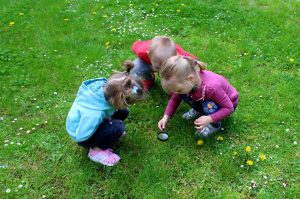
It is evident that taking education and learning outdoors can be extremely beneficial for children, regarding their development, academic achievement and helping to establish their connections with nature. The West Edinburgh Park would allow children to form this important connection, and hopefully also help to build a generation who care about the protection of their environment, inspiring themselves and others to do what they can for our planet.
Blog by Catriona Taylor, Saltire Scholar research intern at Crosswind Developments
[1] Learning through landscapes
Can you imagine living in a neighbourhood where everything you could ever want, or need is only a 20-minute walk, wheel or cycle away from your doorstep? Elements Edinburgh is a proposed new housing and commercial development in the western expansion of the city. As well as providing affordable housing and exciting employment opportunities, including Scotland’s first dedicated digital quarter, the community will be developed around the site’s natural environment and feature luscious green and blue spaces for everyone to enjoy. The proposed West Edinburgh Park will not only serve the residents of the Elements neighbourhood, but also serve as a link between all communities to the west of the city. This blog series will pinpoint the many benefits the West Edinburgh Park and Elements Edinburgh would have for its residents, neighbours and visitors.
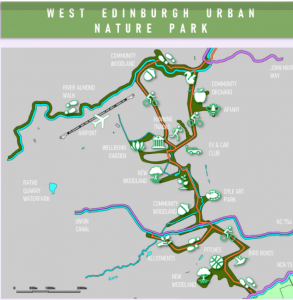
Inclusivity
Inclusivity is at the heart of both of these projects; the area will be a desirable and welcoming place open to all, regardless of your age, wealth, or abilities. A city expansion with a village feel, Elements will be somewhere that progresses and develops alongside the community, meaning opportunities will always be waiting for you at every stage of your life. For example, the biodiversity of the West Edinburgh Park will act as an excellent education tool for children: with a natural “classroom” always available, the learning possibilities are truly endless! Children could learn about everything from the local biology and geography to using the natural surrounding materials to create art and music. Outdoor play areas would also encourage socialising between children as well as their parents or grandparents, creating intergenerational bonds. The park will include safe spaces for recreational activities for all ages, whether this is attending to a group allotment, taking part in sporting clubs or even just meeting up with friends, with all areas designed to support accessibility for all, with no dark corners so everyone feels safe to have fun. In this scenic backdrop of the West Edinburgh Park every visitor will be able to expand their social network through trying new activities.
It is true to say that access to high quality green space is not always inclusive, as it is often found only in high income areas. As the West Edinburgh Park will serve as a connection between new and existing communities all with different socio demographic backgrounds , it will ensure everyone has safe access to green spaces. Currently, too many of the green blue spaces in Edinburgh are restricted to private use, but the West Edinburgh Park will be open to all without the barrier of locked gates. The park will be extremely easy to access for people coming from other areas within the city, country, or even further afield because of its excellent public transport connectivity.
Accessibility is also a vital aspect to ensure the park is inclusive for everyone who chooses to go there. The biodiverse setting offers visitors the chance to surround themselves in nature, experiencing all the sights and sounds that come with that. Dedicated sensory gardens will be one feature incorporated in the park so that everyone has the opportunity to explore their senses in a safe and stimulating environment. Gardens will feature a colourful mix of plants, objects and features that encourage everyone to touch, see, taste, hear and smell the wonderful surroundings, not only providing lots of people with the ability to relax, but also to learn something new about their environment. Similarly, there will also be dedicated quiet areas, for those who wish to engage their senses, relax, or just bask in the beauty of nature. It goes without saying that the park’s pathways, playgrounds and signposting are safe and accessible for all, with tactile paving, braille, wide walkways and ramps, as well as playground equipment at varying heights, truly allowing it to be a destination where everyone can enjoy the nature it offers.
The inclusivity of the West Edinburgh Park would benefit many individuals from all walks of life. For example, Ruth is a 84 year old who currently lives alone and has limited mobility, and often relies on using a walker or wheelchair to get around. Unfortunately she is now of an age that maintaining her own green space is not practical, and she doesn’t have easy access to green space where she currently lives therefore has to rely on a family member driving her to somewhere further away so she can get something many of us take for granted – easy access to enjoying the outdoors. The West Edinburgh Park would allow Ruth to enjoy green blue space within metres of her home and navigate the entirety of the 15km park as all pathways would be suitable for her needs. Overall, the inclusivity and accessibility of the West Edinburgh Park will actually be used to improve people’s lives, giving them easy access to nature – a basic human right – and allowing everyone to enjoy what it has to offer.
A bit about me – I’m Catriona and I am a recent graduate of the University of Dundee. This summer, as part of Entrepreneurial Scotland’s Saltire Scholar programme I am working here at Crosswind Developments as a research intern, looking into the many social benefits that the West Edinburgh Park would provide for residents of Elements Edinburgh and surrounding developments. I feel really honoured to be a small part of something that could be so impactful for not only the future population of Edinburgh, but all of Scotland.

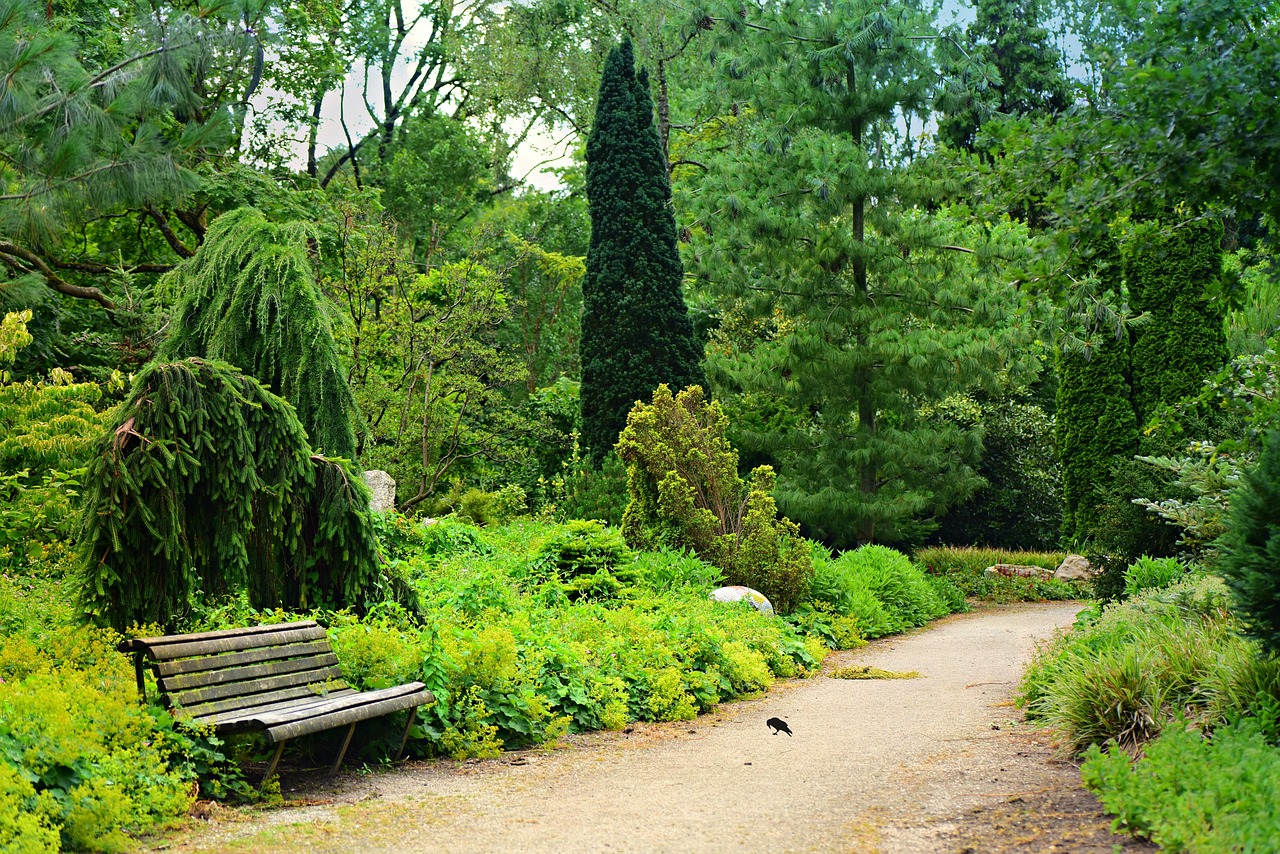
The social benefits of an urban park: Sustainable communities
23rd August 2023
Over the last few months we have looked at the different social benefits that urban parks can produce, including education, health and wellbeing and inclusivity. This final instalment will focus…
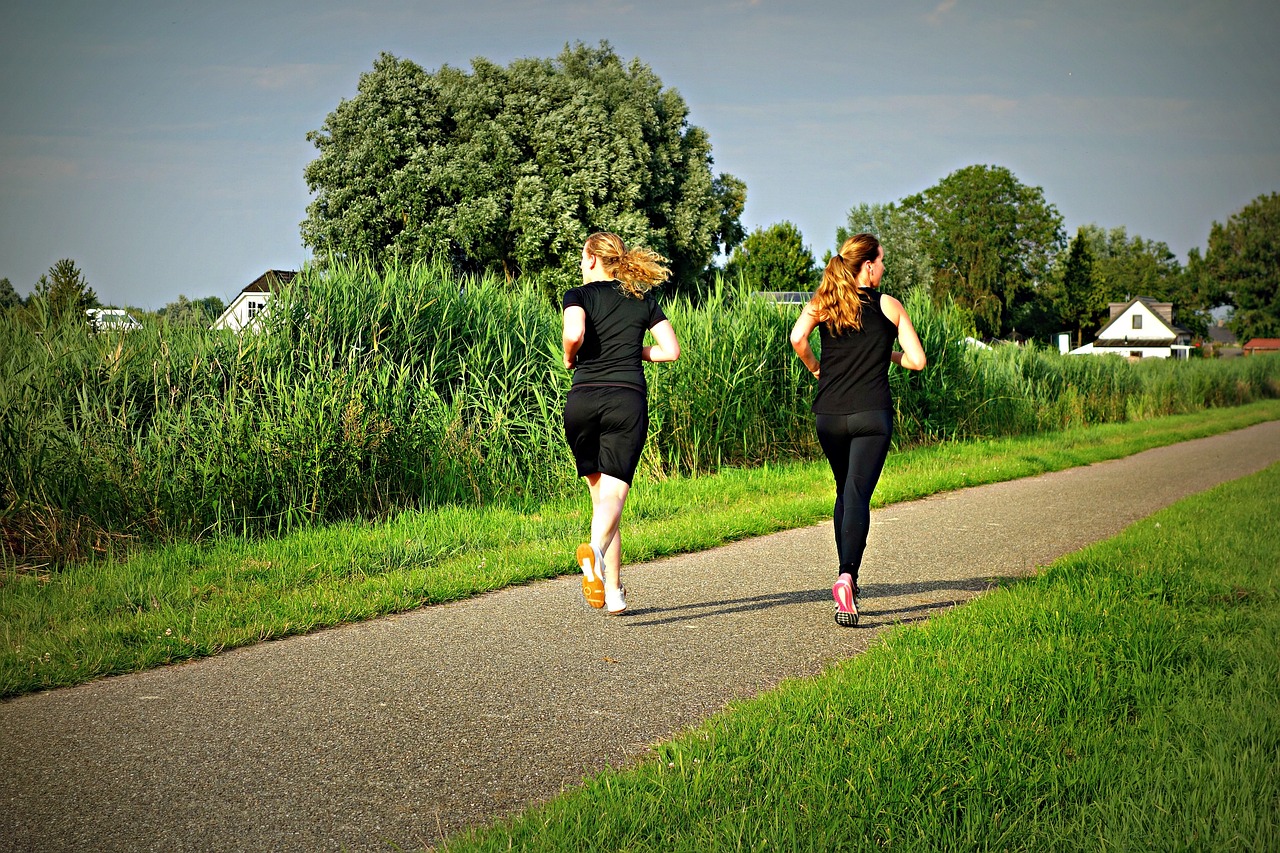
The social benefits of an urban park: Health and wellbeing
3rd August 2023
So far in this series, we have looked at how green and blue spaces can have positive educational and inclusive effects, showing how a new urban park in Edinburgh’s west…
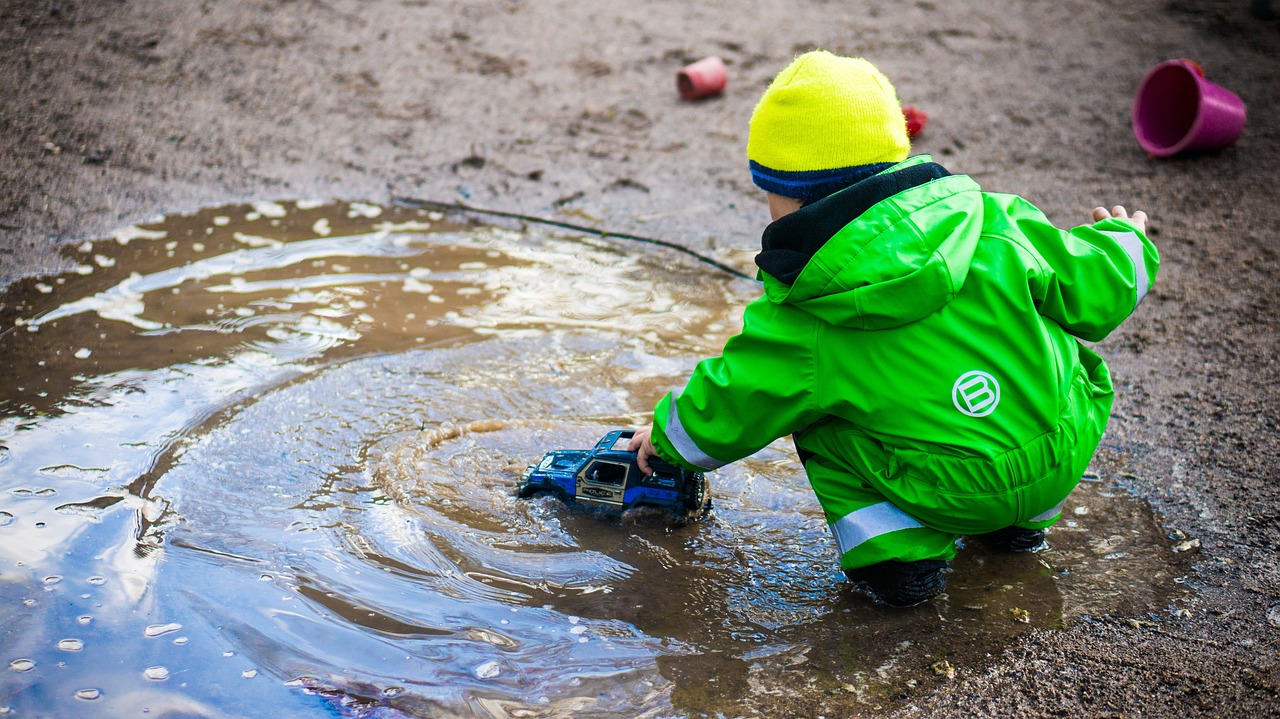
The social benefits of an urban park: Education
13th July 2023
In the previous blog, we focussed on the topic of inclusivity, in particular how the West Edinburgh Park would strive to be as inclusive as possible, serving everyone no…
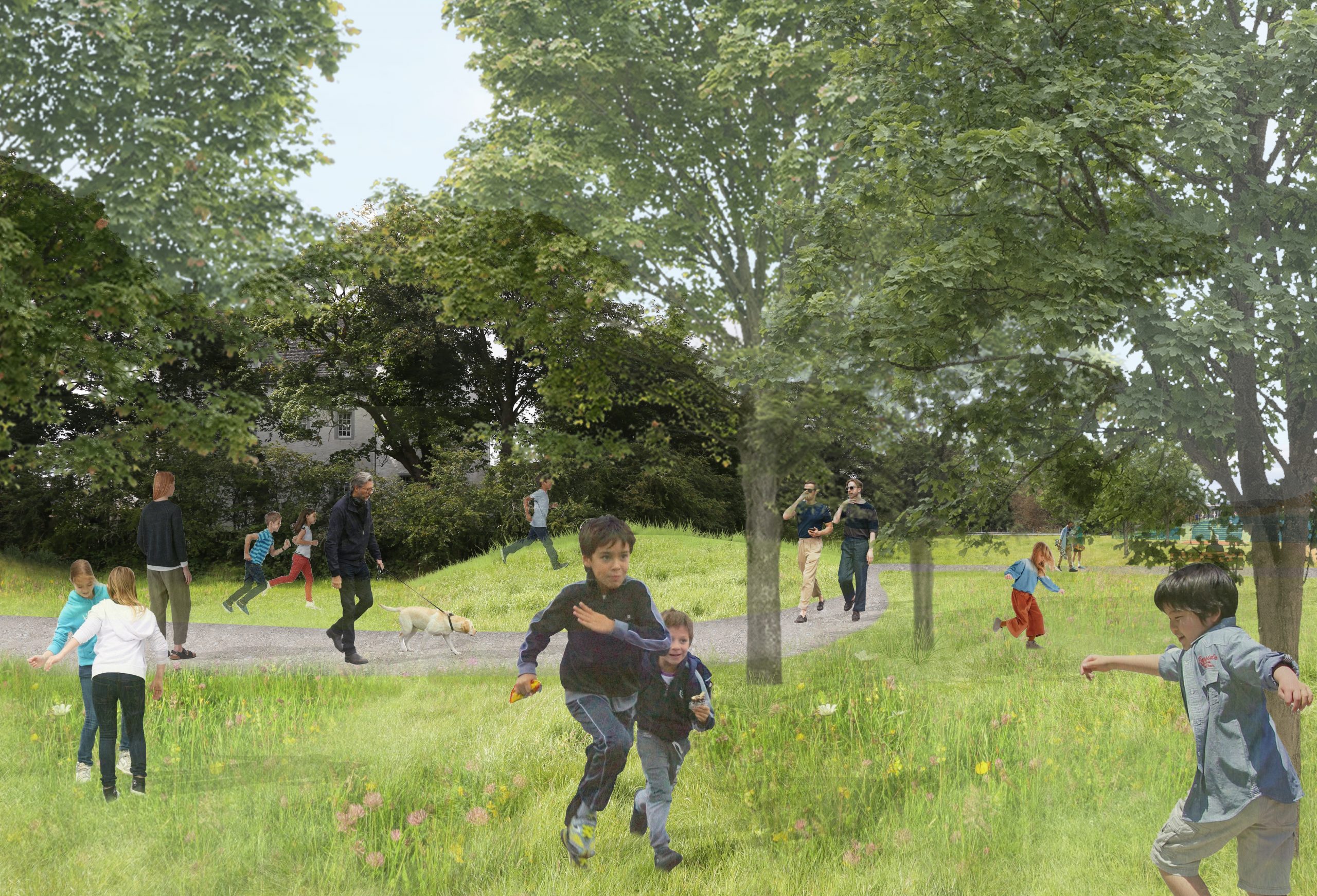
The social benefits of an urban park: Inclusivity
28th June 2023
Can you imagine living in a neighbourhood where everything you could ever want, or need is only a 20-minute walk, wheel or cycle away from your doorstep? Elements Edinburgh is…

